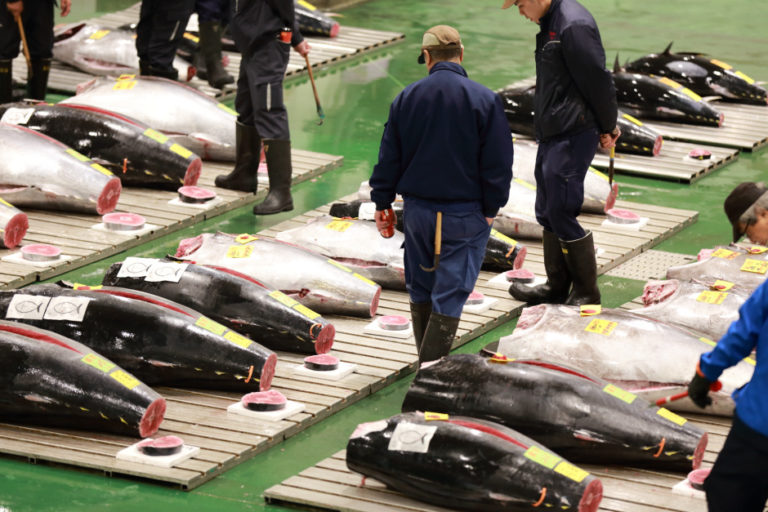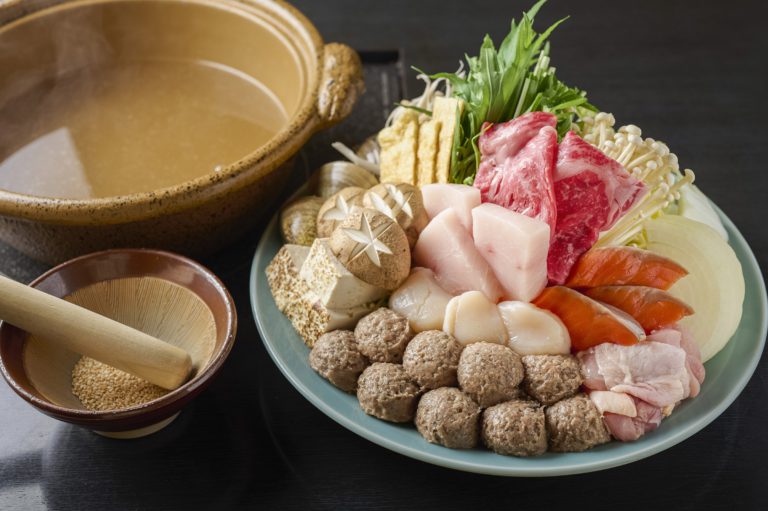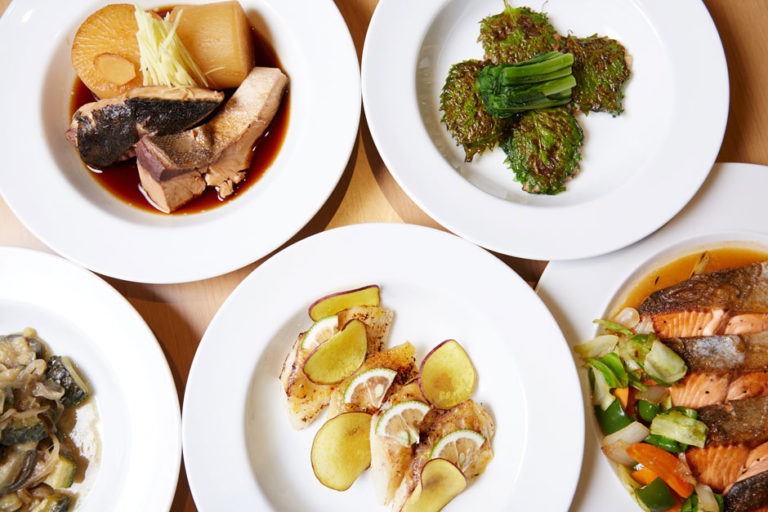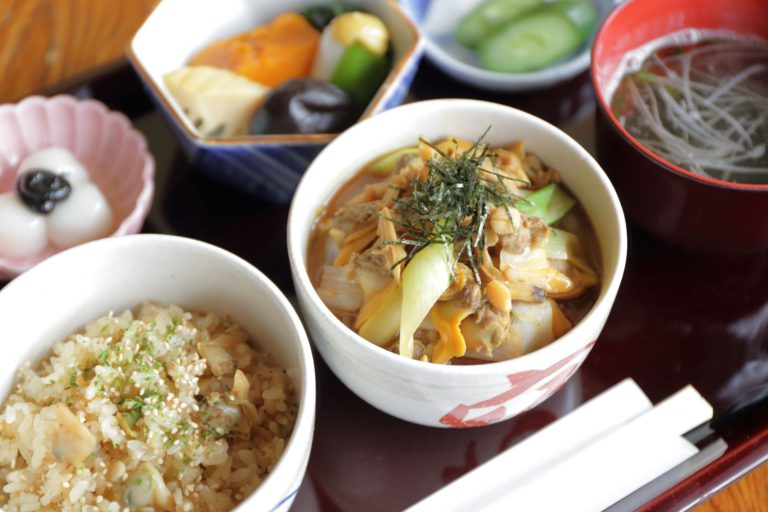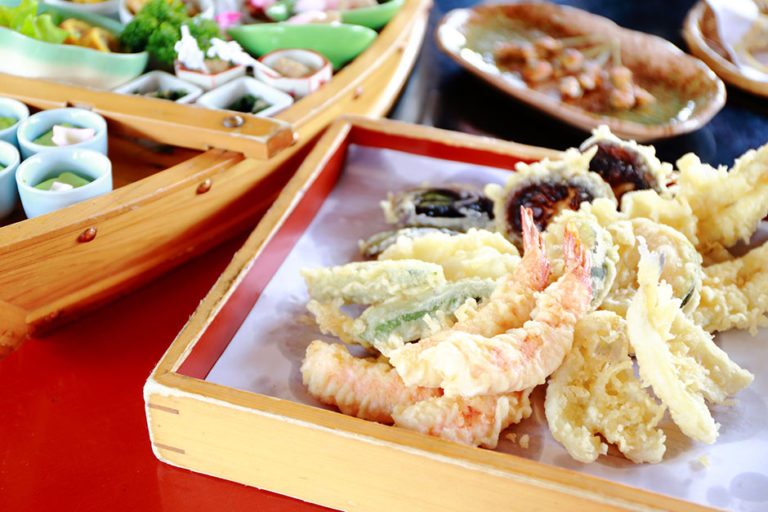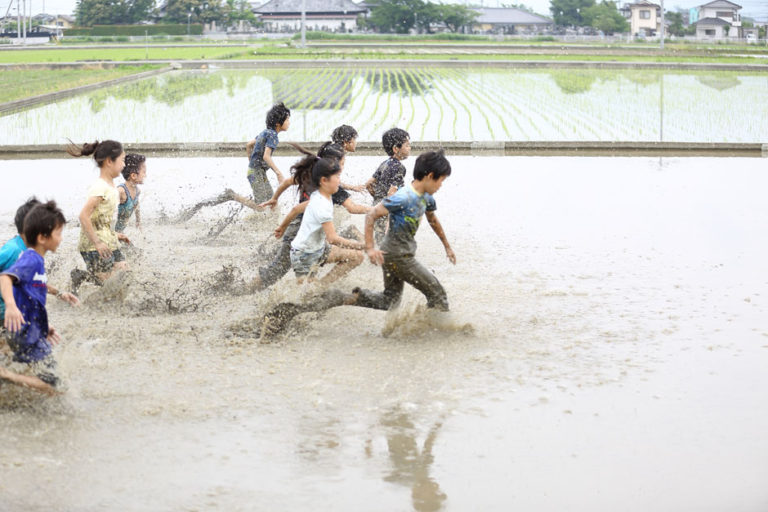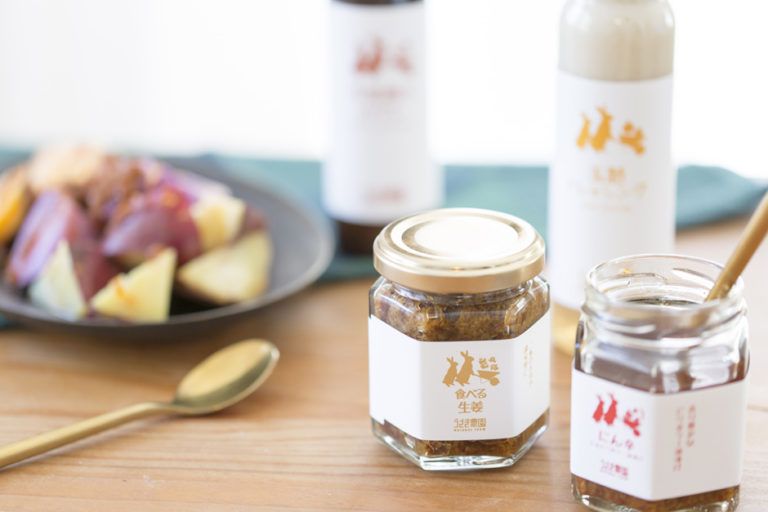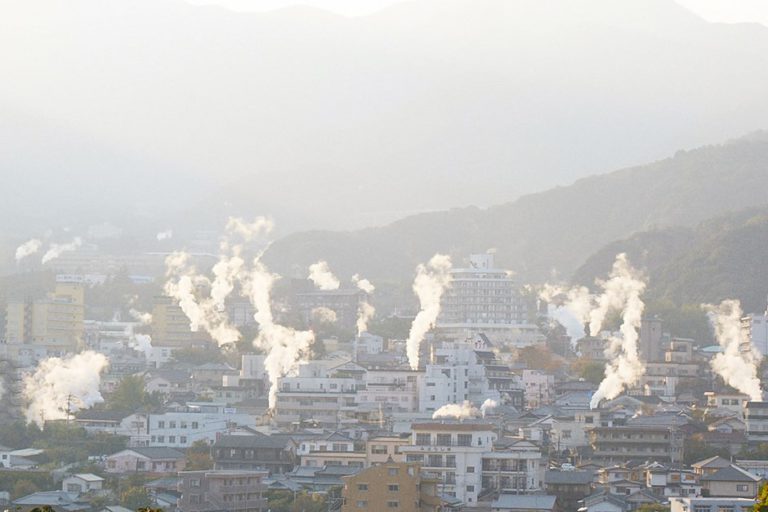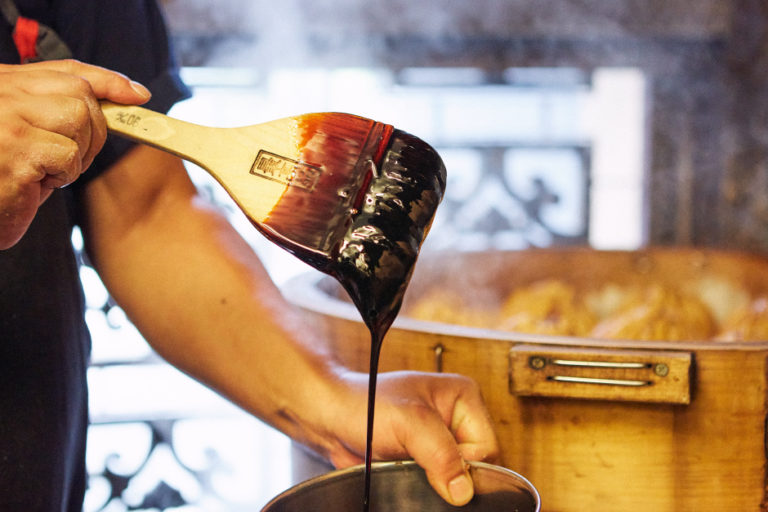Tracing the Roots of Downtown Tokyo’s Soul Food—Tsukishima Monja
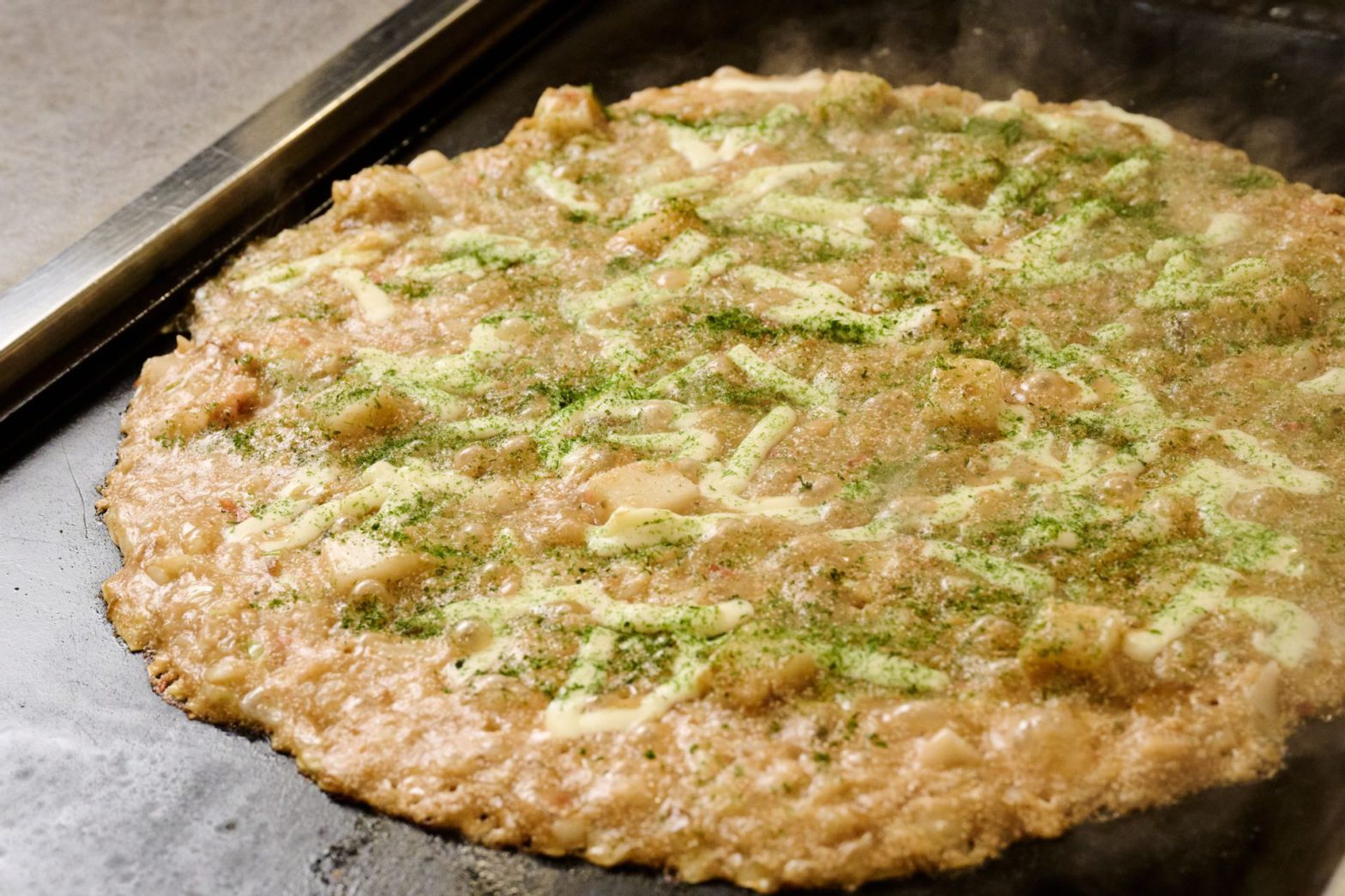
The Evolution from Sweet Mojiyaki to Savory Monjayaki
So, what are the roots of monjayaki? Looking back at its history, I stumbled upon the mention of mojiyaki, a popular dish offered by food stalls of the Edo period (1603-1868). Mojiyaki is a type of food made by mixing flour and sugar with water and baking on a griddle. Over time, people came to call the dish monjayaki instead.
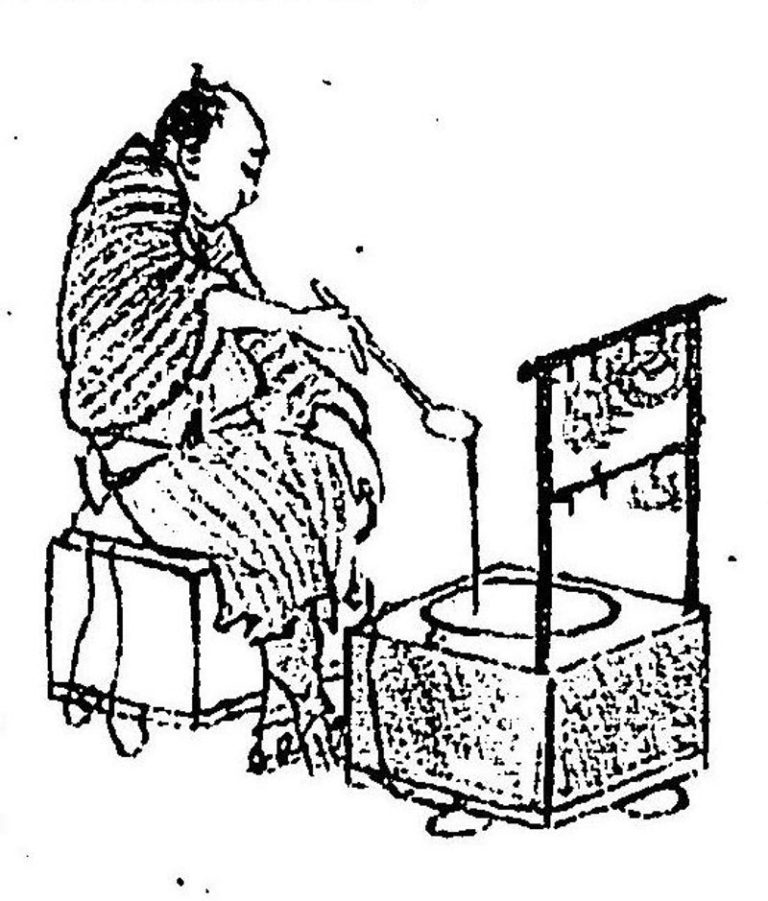
出典:国立国会図書館デジタルコレクション
However, unlike its contemporary counterpart, the original monjayaki was served as a sweet snack for children. This dish seemed to have been widely popular in Edo—so much so that even Katsushika Hokusai’s series of Hokusai Manga, a collection of sketches, depicted a food vendor making mojiyaki at his food stall. Apparently, some vendors would write the Japanese character “moji” (meaning “letter”) on a griddle with the batter. This is one theory for why the dish’s name was created, as the word “moji” forms the first character in mojiyaki.
During the Meiji period (1868-1912), even candy stores started offering mojiyaki. Some stores allowed customers to bake their own mojiyaki, which turned these places into spaces where kids could mingle and talk. When it comes to the most modern monjayaki, people gathering and chatting while sitting around a griddle has remained a familiar sight.
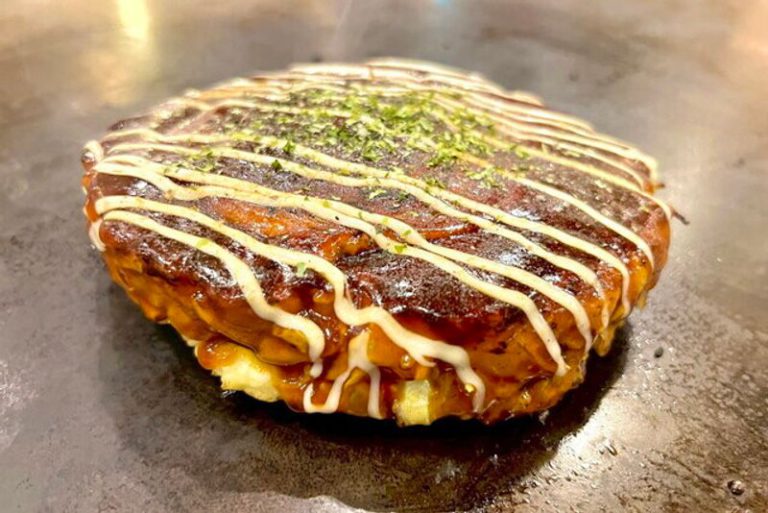
In the Taisho period (1912-1926) that followed, a variation of mojiyaki that was called dondonyaki emerged. This dish uses less water and is packed with various ingredients. Since it was more filling than mojiyaki and readily available at food stalls, it became a popular street food in Tokyo. When this boom reached the western part of Japan, people would coat dondonyaki with Worcestershire sauce and call it issen yoshoku, or “one-penny Western food.” The dish gained popularity for its modern taste and became the predecessor of okonomiyaki.
In the end, okonomiyaki became ingrained in the culinary culture of the western part of Japan. Nonetheless, Tokyo’s candy stores didn’t fall behind. They began incorporating some of the main ingredients from okonomiyaki into mojiyaki. Variations with sakura shrimp, squid, and cabbage became more common. However, the dish took a different turn, straying away from a sweet snack. There is a theory that monjayaki started to resemble its modern variation after World War II.
Tsukishima Monja Street Has Expanded along with Tsukishima
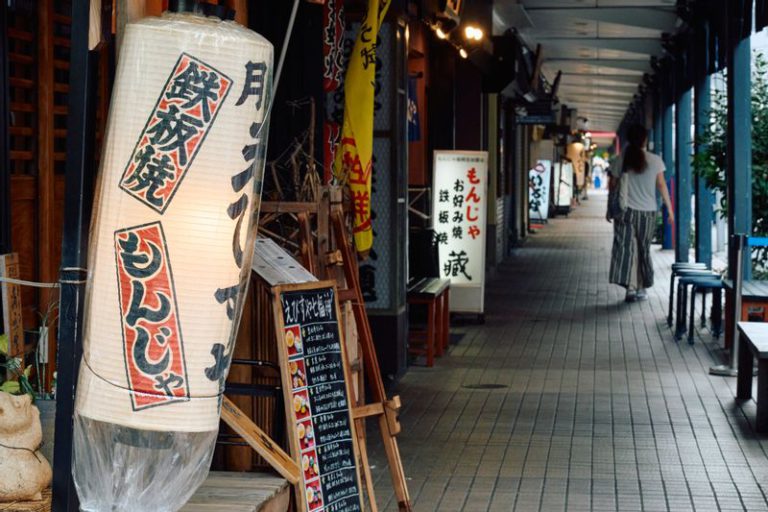
It wasn’t until the Meiji period that people in Tsukishima started eating monjayaki. The reason is that Tsukishima was constructed on reclaimed land at the mouth of the Sumida River in 1892. Starting from the late Meiji period, the island began transforming into an industrial hub, and the number of tenement row houses for workers rose rapidly. It was only natural that a shopping street was developed around Nishinaka-dori, which was close to the ferry landing. During both before and after World War II, the number of candy shops in back alleys increased. At some point, they began selling monjayaki to kids.
“There were still a few old-fashioned candy shops left back when I was a child. The monjayaki that they served was cheap and poor in ingredients, though. I remember a shop that was part of a private house. I suppose the woman who ran it did it to support her family.”

I talked with Mr. Tomohide Kataoka, a public relations manager of the Tsukishima Monja Promotion Association Cooperative. Born and raised in Tsukishima, Mr. Kataoka has been witnessing the changes on the island for nearly half a century.
According to the records left at the Cooperative, there were only four monjayaki restaurants in the 1950s. They note that Monja Street came into existence in the 1990s after monjayaki had gained more exposure through TV, magazines, and other media in the 1980s.
The Tsukishima Monja Promotion Association was established in 1997 and became a cooperative in 2002. Currently, more than 50 stores have joined. The Cooperative actively promotes Tsukishima Monja. It has issued coupons that can be used at the affiliated restaurants, organized a joint event with a beverage company, and other initiatives.
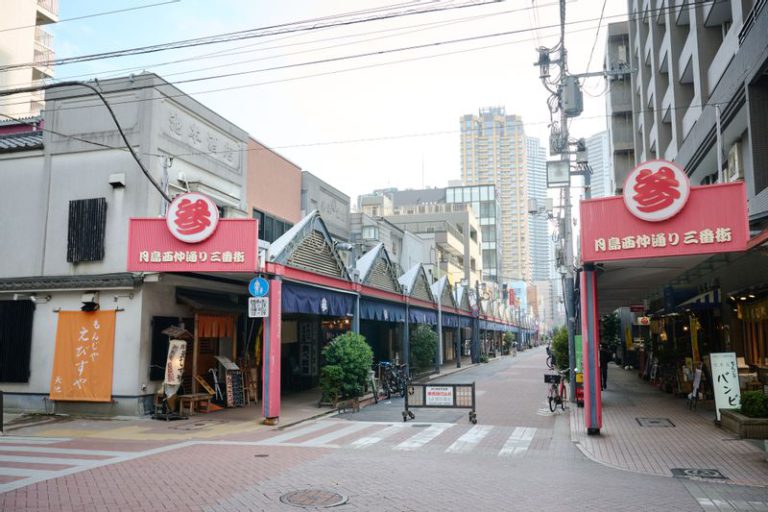
“All the restaurants lining Monja Street add their unique touch to monjayaki. The final taste of the dish comes down to the soup stock added to the batter, as well as sauces and ingredients. If you combine them right and use a little creativity, you can achieve a unique taste. And let me tell you, I was surprised when I first saw a miso-flavored and curry-flavored monjayaki. In recent years, the focus seems to have turned more toward visual appeal, and the presentations have become more elaborate.
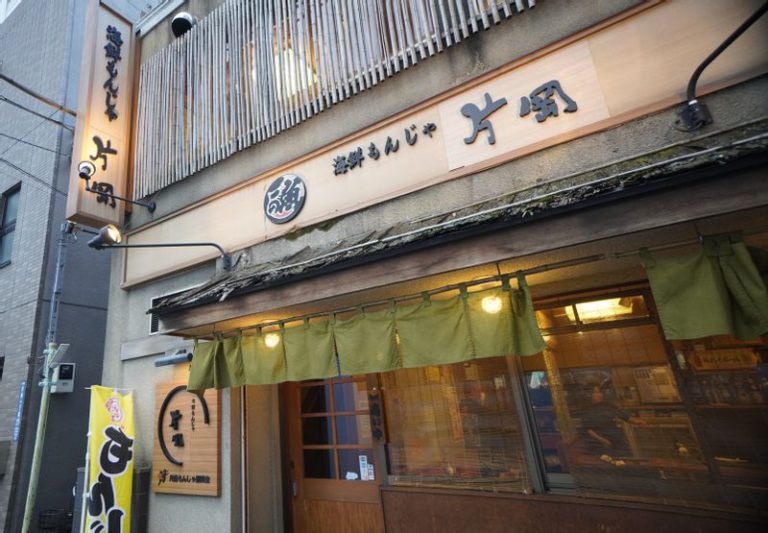
In fact, Mr. Kataoka is one of the restaurant owners who is engaged in fierce competition with customers on Monja Street. He opened Kaisen Monja Kataoka in 1993. Walking down Monja Street, you can see many places specializing in seafood monjayaki, just like Mr. Kataoka’s restaurant. Nonetheless, he was the first one to come up with this variation.
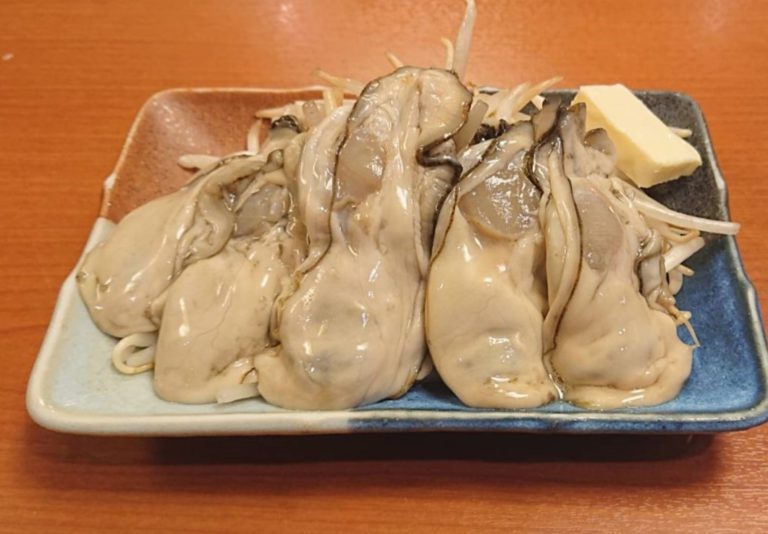
“I used to buy seafood from the Tsukiji Fish Market before it closed for relocation. It wasn’t that far from Tsukishima. My family has been in the fish wholesale business since my grandfather’s time. The level of freshness was top-notch. Now, I buy fish at the Toyosu Fish Market.”
While Mr. Kataoka runs the restaurant, he hopes that his customers will enjoy the downtown culture of Tsukishima in addition to monjayaki.
“Tsukishima has more to offer than just monjayaki, however. The shopping street with old row houses and atmospheric backstreets are all worth taking a bit of a stroll. I also recommend venturing a bit further to Tsukuda. You have my word that monjayaki will taste even better after you soak in the town’s atmosphere.”
Loved throughout the Ages: The Charm of Monjayaki
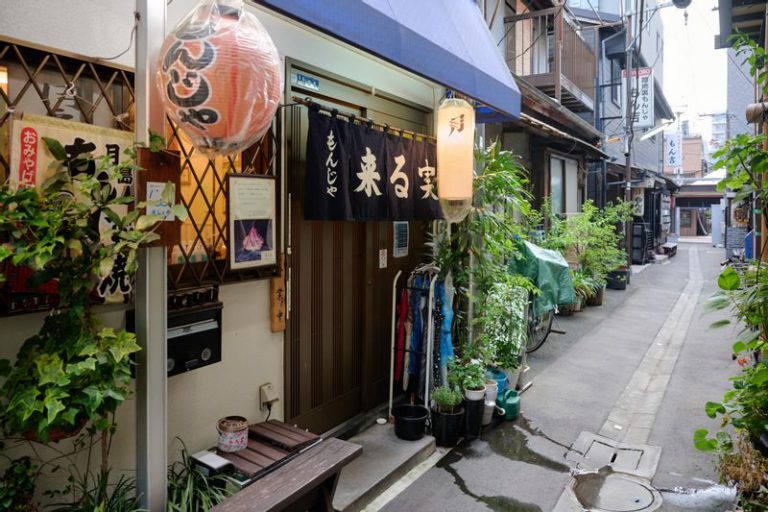
You can’t talk about Tsukishima monjayaki without mentioning a certain famous restaurant: Monja Kurumi. It is located a three-minute walk from Tsukishima Station on the backstreet of 3rd Avenue of Monja Street.
When it was opened in 1997, the street was already brimming with monjayaki restaurants. She may have been late to join the party, but the owner, Misako Nakajima, had no qualms about launching this restaurant.

“I opened Monja Kurumi right after reaching my retirement age. I thought, ‘Tsukishima’s been my home for a long time. If I’m going to open a restaurant, it has to be a monjayaki one.’ Of course, people would tell me that I was too old to start a business. I was okay with running a little restaurant in the backstreets as long as I could keep myself afloat, though.”
Now, about 30 years after its establishment, Monja Kurumi is a beloved culinary landmark—all thanks to the delicious monjayaki and Ms. Nakajima’s personality. The menu has grown over the years to offer monjayaki in 90 different flavors. But that’s just for monjayaki! If you include other griddle dishes and a rolled pancake with sweet red bean paste as a dessert, there are over 140 menu options.
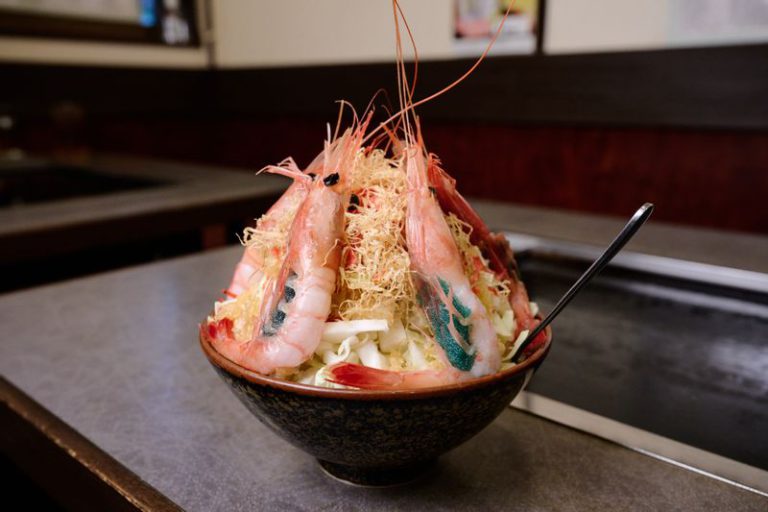
Among those options, a deepwater shrimp monja has been on the menu ever since the restaurant opened for the first time. This scrumptious monjayaki uses five to six large deepwater shrimp, and the taste is even more impressive than the presentation. The moment the batter hits the griddle, the aroma of the seafood stock fills the air, making you let out an involuntary gasp. The deepwater shrimp have a firm texture and a rich taste. Every bite is so satisfying that it’s hard to imagine that this dish originated from a children’s snack.
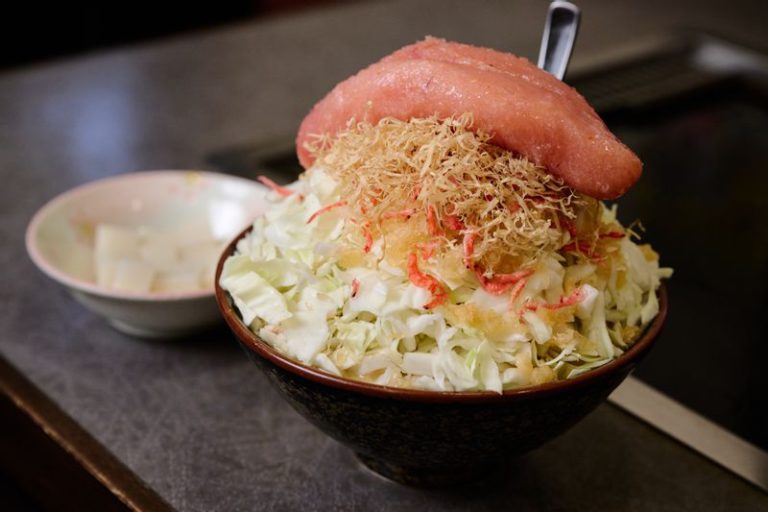
Another popular menu option is the mochi, cheese and spicy cod roe monja. The cheese balances out the spiciness of the cod roe, giving this dish a smooth and mild taste. At Kurumi, they recommend adding the cheese just before the monjayaki is ready to eat so that you can fully retain the flavor. The slightly burnt, crusty bits are delicious and addictive. You’ll probably want to wash them down with a cold beer or two.
As long as the restaurant isn’t too busy, the staff will happily bake monjayaki for you. The method varies from restaurant to restaurant, but Ms. Nakajima stands by “cooking it swiftly but savoring it slowly.”
She stood in front of the griddle to show me how it’s done step by step.
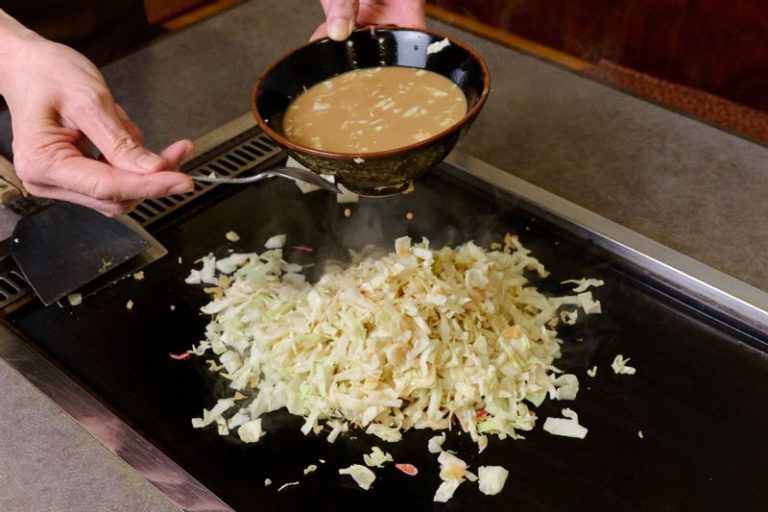
1) Put the ingredients on a preheated griddle and stir-fry them while chopping them up.
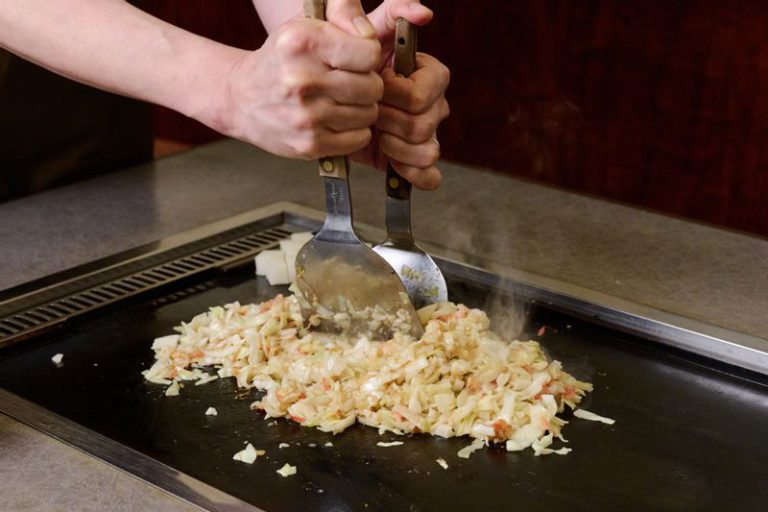
2) If you finely chop the cabbage in this step, the monjayaki will taste sweeter.
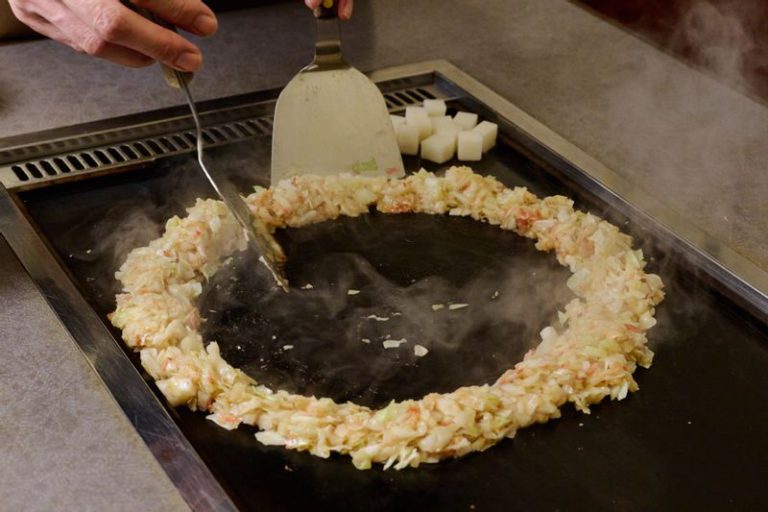
3) Form the stir-fried ingredients into a round doughnut-shaped reservoir and pour all of the batter into the hole in the middle.

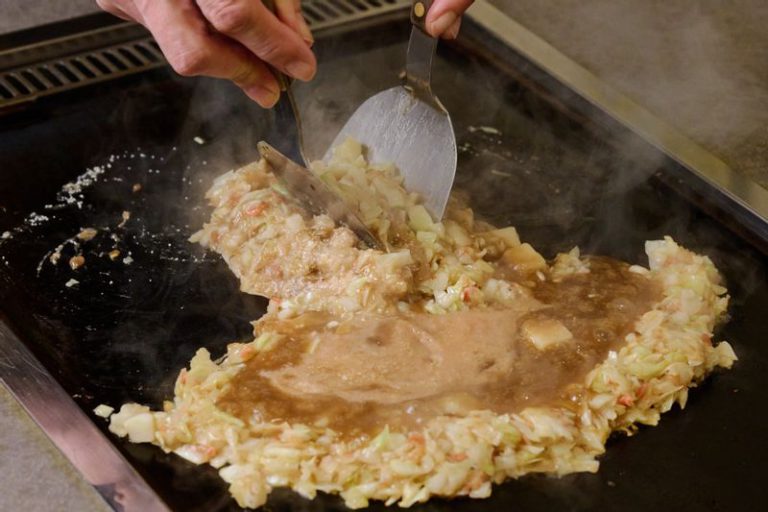
④スープがドロッとしてきたら具と混ぜ合わせ、広げたらできあがり。
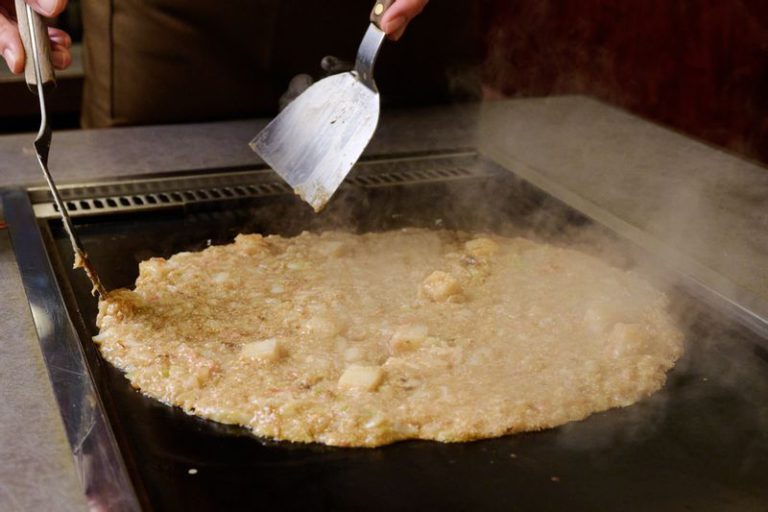
5)If you spread it very thinly, it will come out crispy.
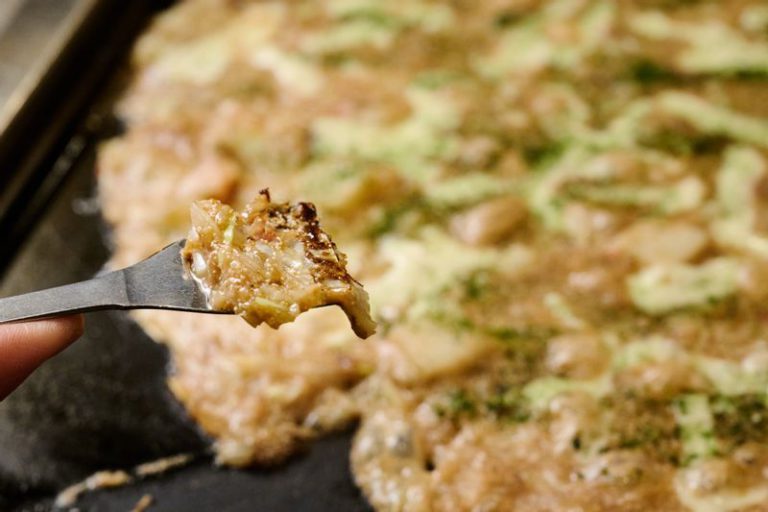
Ms. Nakajima used fluid motions, making it look like a cooking performance at an upscale steakhouse. To my surprise, she told me that some of the regular patrons had mastered this cooking method. When I gave it a try, I realized that it was much harder than I expected. Not only did the batter fail to spread well, but I also failed to mix the ingredients evenly… Before I knew it, I was completely absorbed in this cooking.
“Chatting away about all sorts of things over monjayaki is what makes them so enjoyable,” says Ms. Nakajima. Encapsulated by her words, it was clear that monjayaki has always been a dish that draws a crowd around it.
Although its form may have changed to match people’s lifestyles, the essence of monjayaki has always remained the same no matter the times.

